GROUNDBREAKING SOLUTIONS ARE NOT ON LAND ANYMORE
Land on the waterfront and near city centres in most cities is already full. Waterfronts give us more valuable building space and access to the most spectacular sites in many areas. Through floating construction, we are bringing swimming pools, sports and leisure centres, office buildings, restaurants, nightclubs, shopping centres, private residences, hotel apartments, parks, cycling paths and even large residential areas onto the water.
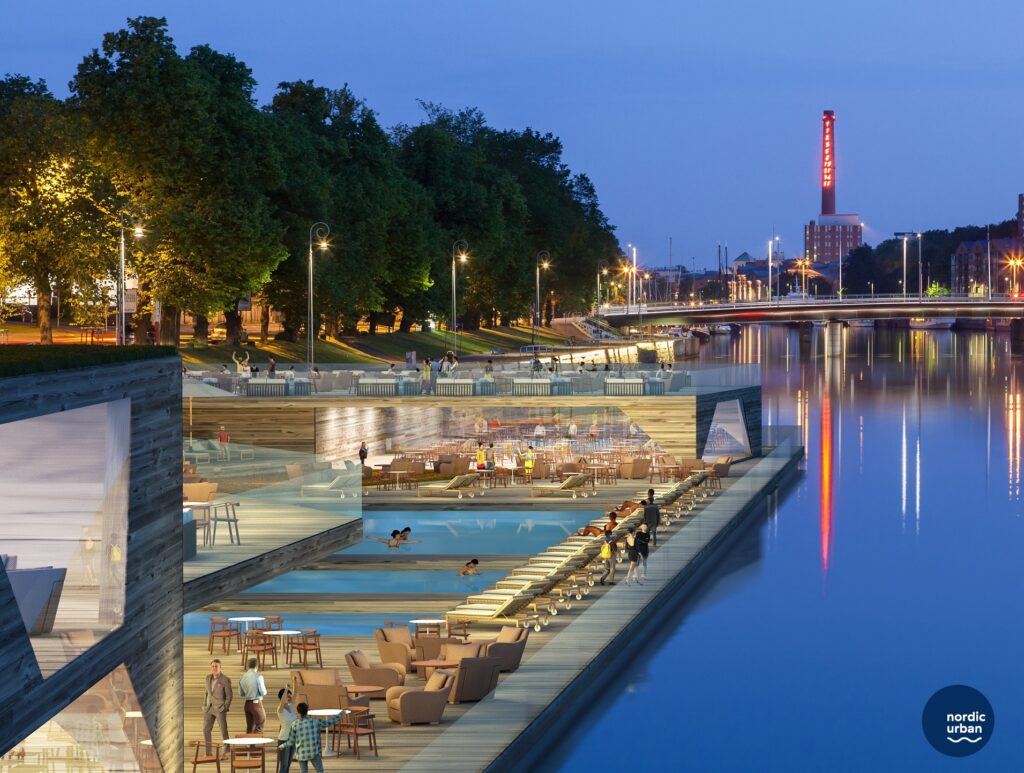
Innovative and New
Have you visited Allas Sea Pool in Helsinki or wished you could enjoy dinner, a yoga class or even living by – and on – the water? Floating construction is a new way of creating a visiting, living and using experience in an attractive environment for different target groups. A floating solution is easily expandable and can be implemented in phases. It is also an excellent way to bring more vitality to a municipality or city.
AN ECOLOGICALLY SUSTAINABLE SOLUTION
Protecting nature and the environment is our priority and we ensure that our coastal areas remain virtually untouched. We use hydropower, wind energy and solar energy.
Material and product selection will focus on life cycle sustainability, ecology and low energy consumption. The aim is to promote sustainable development in construction. At the end of its life cycle, floating structure leaves no permanent damage in the environment and can be moved to another location if necessary.
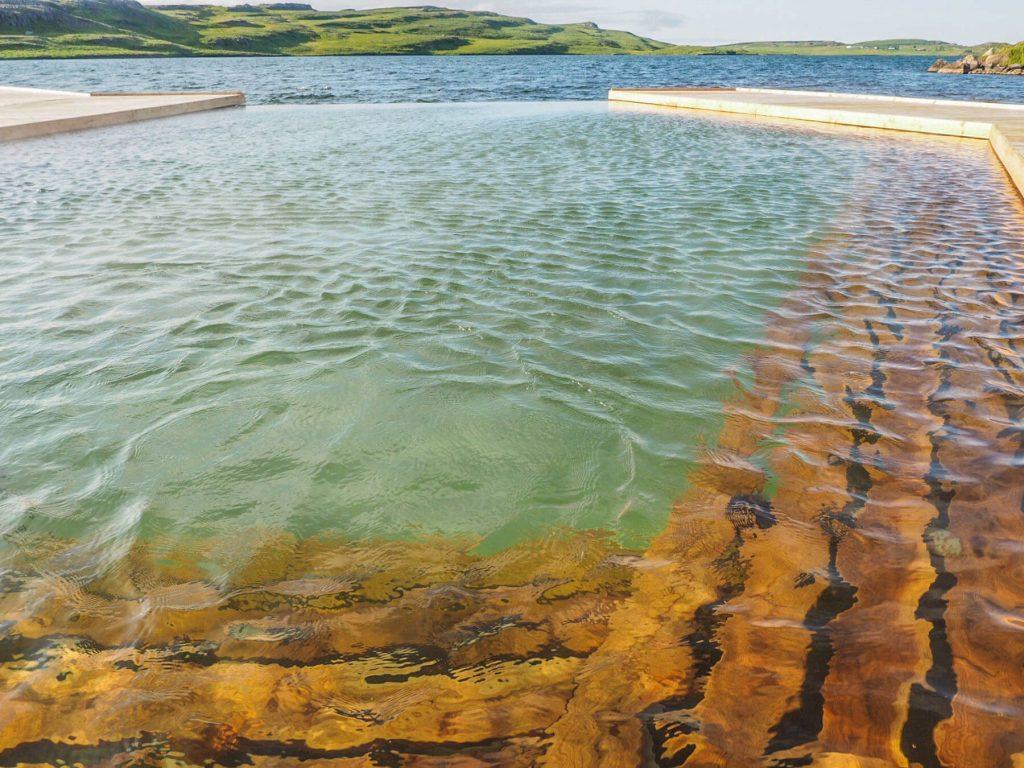
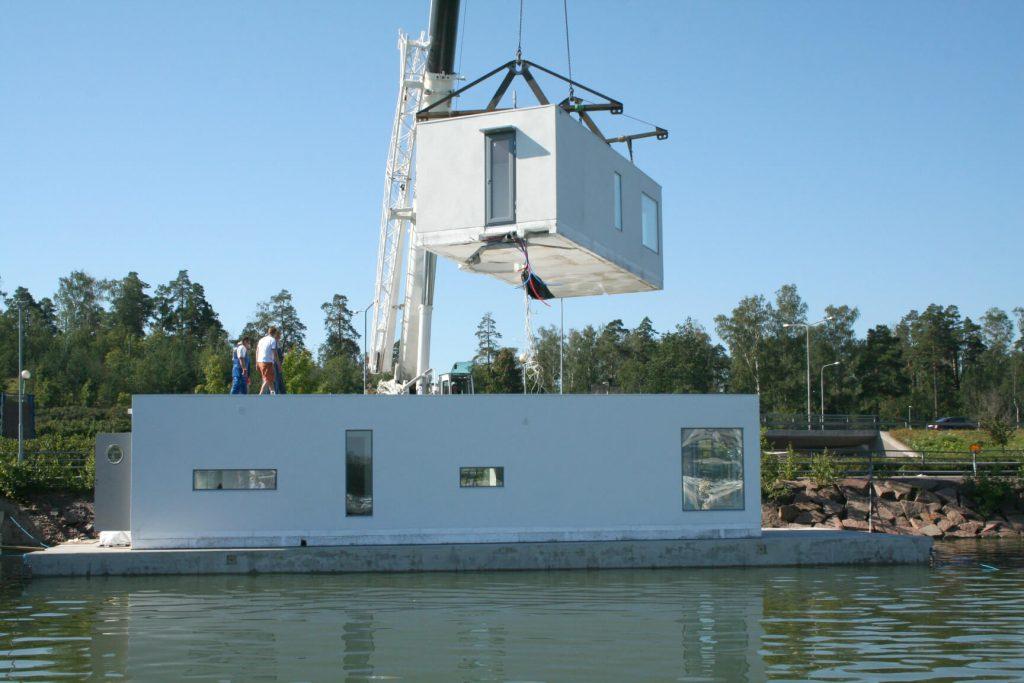
NO DISTURBANCE FROM CONSTRUCTION
No large or noisy construction site that cause hazards to the environment due to the traffic and noise. Houses are built in factories or on another site so that the surrounding area will not get disturbed. When the house is finished, it’s towed to the destination. Also, because the focus is on floating solutions, there is no need for burdensome trench or alignment works.
safety and quality
Building on water does not weaken the safety of the building. Floating solutions are designed according to local wind, wave, stream, ice and temperature conditions. We have experience of floating structures from the heat in Dubai to frost in the North- and the floating structures are durable! The anchoring, breakwater, construction materials and other technical solutions are decided individually according to each object and local conditions.
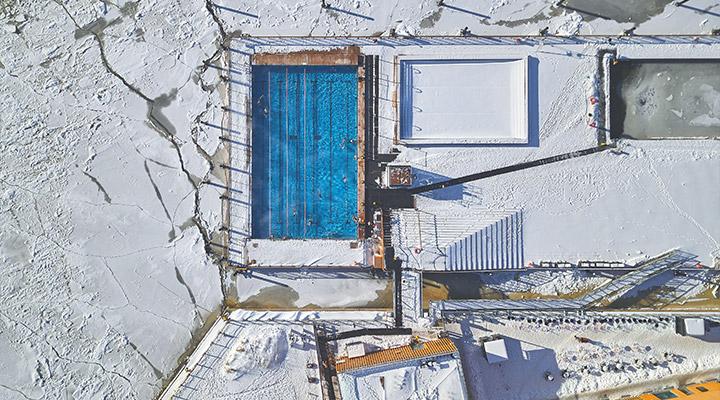
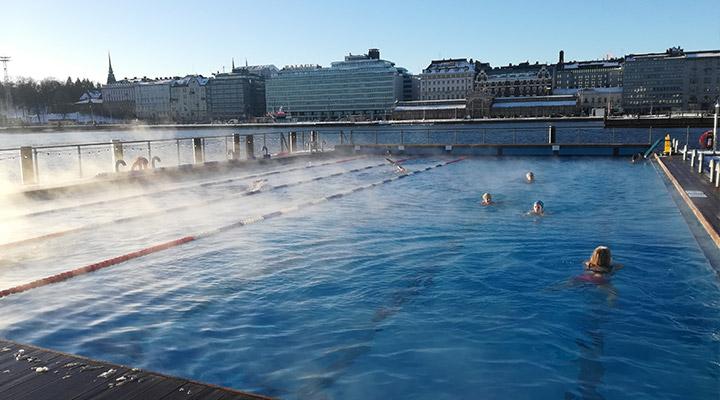
MAXIMISING ENERGY EFFICIENCY
Floating buildings are equipped with latest technology to ensure energy efficiency and the advantage of renewable energy. Energy efficient insulators and windows are standard equipment in floating solutions. Ecological solar collectors installed onto the roof can be either used for producing energy and enable to heat driving water with low energy consumption in summer. In addition roof-mounted solar panels are possible, and the use of water heating is also recommended and will be implemented if possible.
AN ALTERNATIVE TO BUILDING ON LAND
Floating construction is an excellent alternative to building on land and an opportunity to build in alternative ways. The waterfront area is often limited. However, the placement of new activities and buildings as a floating solution does not reduce the existing space, but increases it and enables new activities in the area and minimizes the cost of infrastructure. Landscaping of the floating solutions are designed carefully so it fits the surrounding environment.
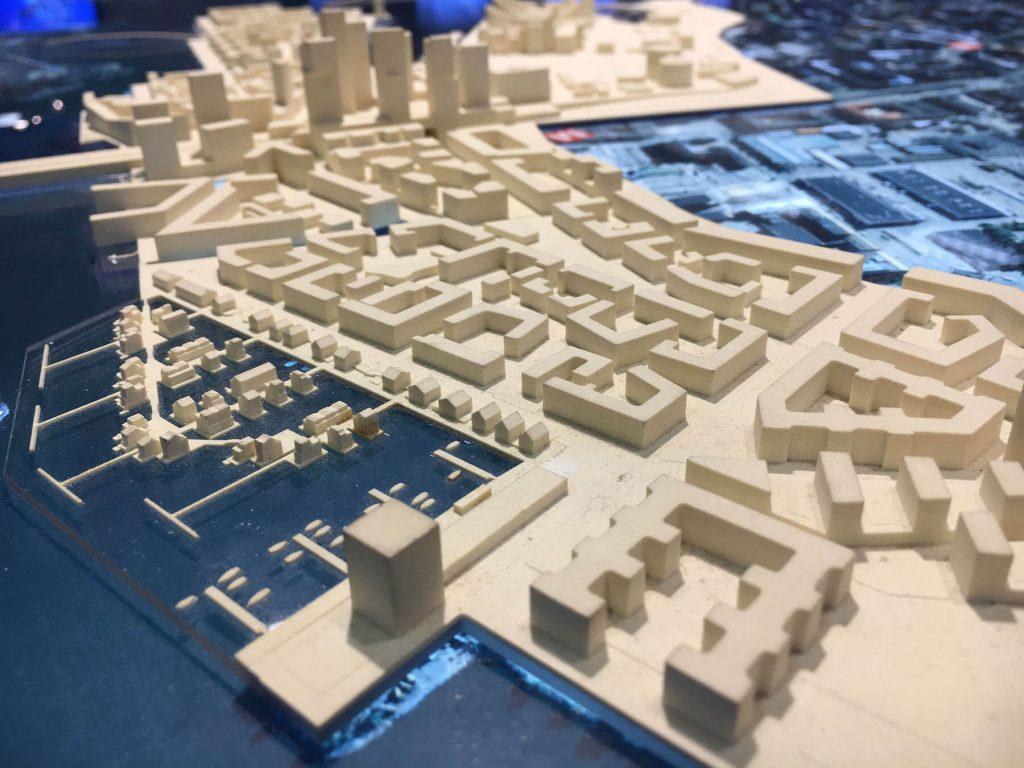
Frequently asked questions
Still wondering about something? See our FAQs or feel free to contact us – our experts will be happy to answer.
-
Why build on water?
Floating construction offers an excellent option to high energy self-sufficiency due to the propitious conditions– besides district heat, also hydro, wind and solar energy can be exploited on coastal areas, which are recommended over district heat, since district heat is more challenging. Compared to building on land there are no large or noisy construction site that cause hazards to the environment due to the traffic and noise. The waterfront will remain available for residents, hotel customers and all who wish stroll on the area also during the implementation phase.
Houses are built in factories or on another site so that the surrounding area will not get disturbed. When the house is finished, it’s towed to the destination. As the interest and utilization grow, floating house is easily expandable. The resale market value is approximately a third of the purchase price.
-
What are floating solutions made of?
The main construction materials are plastic, concrete, or steel. Materials are selected project specific and according to the requirements of the location.
-
How do floating solutions float?
The buoyancy of the floating solutions are based on Archimedes’ principle. The object will float in water if the weight of the water displaced by the object is equal or heavier than the object. In order to keep the object lighter than the displaced water, empty spaces in foundations are filled with lightweight materials and materials that prevent water from entering the structure.
-
Is there a risk of moisture entering the floating structure during construction?
No. The materials used in floating construction are specifically designed for water conditions. For example, concrete solutions for pontoon foundations are designed with the necessary reinforcement to withstand needed water conditions. For structures on top of the foundation, good ventilation is ensured, and material choices are made according to location. Floating construction is comparable to island construction.
-
Is floating construction ecological? Does floating construction harm the environment?
The floating solutions will not affect the water flow conditions and will not degrade water quality in the location. Shore areas will remain nearly untouched, and anchoring can be designed to have minimal impact on the seabed or lakebed. Compared to construction on land, the emphasis is on floating solutions, with no need for burdensome trenches or alignments. Also, all wastewater is discharged to the municipal network and does not end up in the water.
All material and products are chosen based on life-cycle sustainability, ecology, environmental friendliness, and low energy consumption. The aim is to achieve sustainable construction.
-
Is a floating structure safe? Is the floating structure unstable when a storm hits?
A floating structure is safe and will not move in a storm, when carefully designed according to the location. Floating solutions are designed based on wind, wave, water current, ice and temperature conditions. Anchoring, breakwaters, construction materials and other technical solutions are also individually selected according to the conditions and rules and regulations of the end location.
Bluet also designs unsinkable structures. Bluet’s products have been tested in different environments, from the heat of Dubai to the frosts of the North.
-
How does ice affect the floating structure?
Moving ice is always a problem. For example, in river areas, where ice sheets move in masses, ice is a risk factor and therefore floating houses are not built in streaming ice districts. However, ice that freezes in place and does not move does not affect the floating structure.
Pontoon structure in houses is the same than in concrete pontoons which have been built world-wide, also in arctic conditions. The first house, Villa Tähti, has been tested in Keilaniemi at Espoo, Finland since 2003 and new test house / showroom Villa Helmi was built next to it in 2007 and the pontoon structure has remained working well ever since. Water will not freeze under the pontoons where EPS (expanded polystyrene) works as a heat insulation.
PRODUCT FOR VARIOUS NEEDS
We can implement a floating solution from either Bluet modular product family which are scalable for various needs or create a fully individual and customized solution.
FROM VISION TO REALITY
Do you only have an initial idea or already a completed plan for a floating project? We at Bluet are experts in floating construction and we can help you throughout the project from early vision to final realization.
